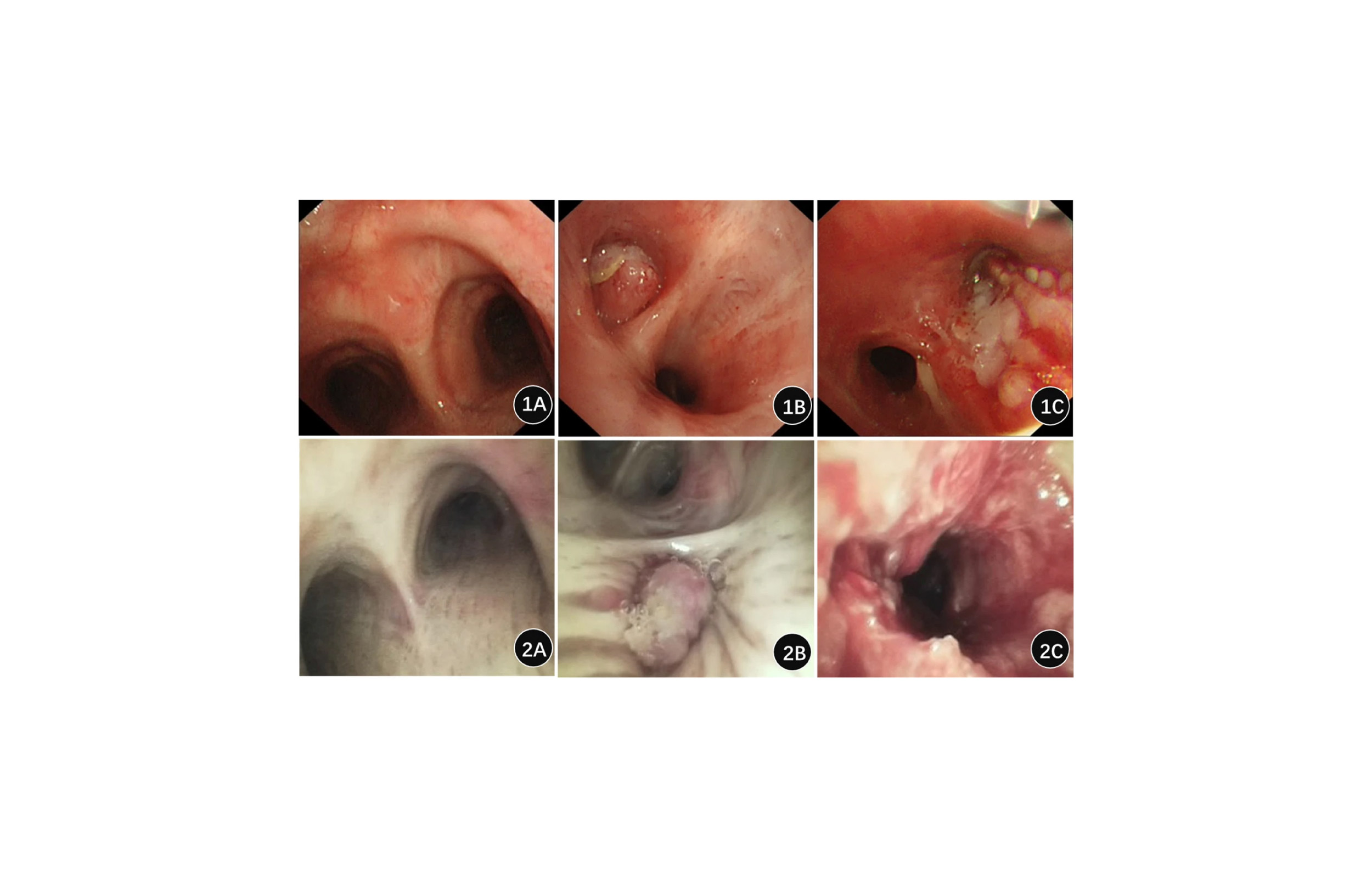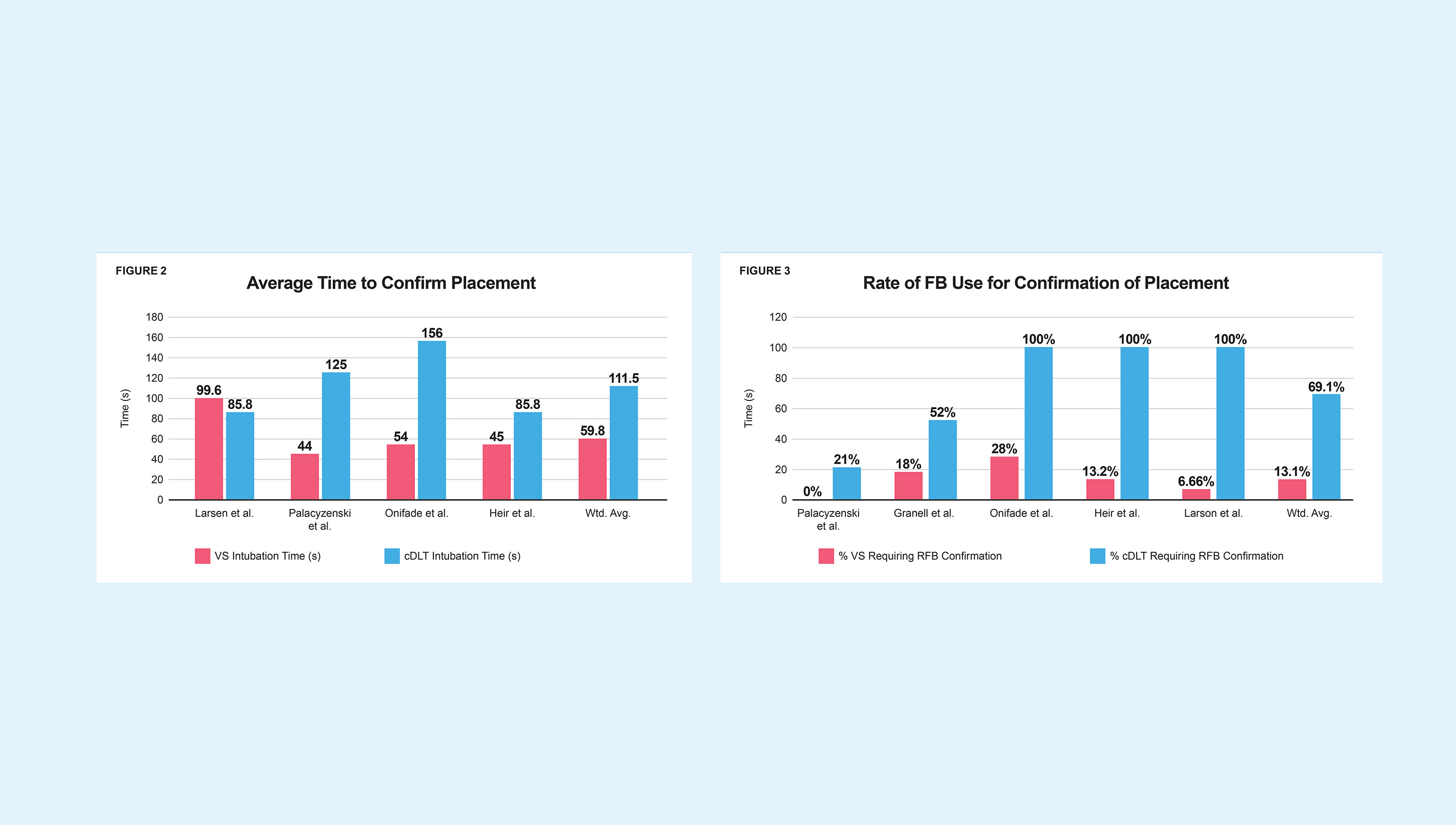
Just two years after the U.S. Food and Drug Administration approved the first human papilloma virus (HPV) vaccine, a 38-year-old woman appeared on Good Morning America to tell her story.
She had an oral cancer, linked to an unknown HPV-16 diagnosis.
"People think the face of oral cancer is a 70-year-old man who's been chewing tobacco and drinking whiskey all his life," Teresa Dillon said on the morning show in 2008. She was a non-smoker and a self-described fit, young woman.
Today, infection with cancer-causing HPV – like HPV-16 – is linked to a growing number of oropharyngeal cancer diagnoses, especially among younger people. Being vaccinated against HPV is one way to help prevent oropharyngeal cancer, according to the National Cancer Institute (NCI).
Oropharyngeal cancer is one of many oral, head and neck cancers that effect the mouth, throat, voice box, sinuses, nasal cavity, or salivary glands. This year’s oral, head and neck cancer awareness week is April 16 to 22 and the Oral, Head and Neck Cancer Awareness (OHANCA) Program will host free cancer screenings nationwide on those days.
Oral, head and neck cancers account for 6 percent of cancers worldwide. It is estimated that 110,000 people are diagnosed each year in the U.S. Endoscopy is used to diagnose and treat these cancers; if abnormalities are found during an endoscopy or laryngoscopy, an ENT doctor can pass surgical instruments through the scope to collect a biopsy.
As with many cancers, early detection is the key to successful treatment. Self-exams can be helpful, but those at risk for oral, head and neck cancers should also seek screening from a healthcare provider or a dentist, according to the OHANCA Program.
The risk factors include:
Combined heavy alcohol and tobacco use (including smokeless tobacco) can put individuals at higher risk for cancers developing in the in the oral cavity, oropharynx, hypopharynx, and larynx.
According to the NCI, 70 percent of oropharyngeal cancers are caused by HPV. These cancers develop in the throat, on the tonsils or back of the tongue. The number of new diagnoses continues to rise each year, and the NCI estimates oropharyngeal cancers are the most common HPV-related cancers in the U.S. today.


